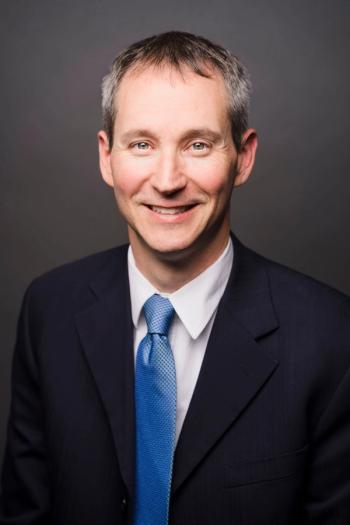
Trendspotter: Time for Doctors and Nurses to Stop Fighting
A new Institute of Medicine report on the future of nursing - and the AMA’s response to it - has raised the doctor-nurse turf battle to a new level of acrimony. It’s time for this unproductive debate to end. Instead of talking past each other, physicians and nurses ought to recognize that medicine is entering a new era that will require an unprecedented amount of cooperation among all healthcare professionals.
A new Institute of Medicine report on the future of nursing - and the AMA’s response to it - has raised the doctor-nurse turf battle to a new level of acrimony. It’s time for this unproductive debate to end. Instead of talking past each other, physicians and nurses ought to recognize that medicine is entering a new era that will require an unprecedented amount of cooperation among all healthcare professionals.
The Institute of Medicine (IOM)
An IOM press release stated the reason for expanding the role of APRNs:
With millions more patients expected to have access to health coverage through the [Affordable Care Act], the health care system needs to tap the capabilities of APRNs to meet the increased demand for primary care, the committee said. Data from studies of APRNs and the experiences of health care organizations that have increased the roles and responsibilities of nurses in patient care, such as the Veterans Health Administration, Geisinger Health System, and Kaiser Permanente, show that these nursing professionals deliver safe, high-quality primary care.
The AMA, which has long opposed the expansion of nurses’ autonomy,
Patchin adds, tellingly, that “in states where nurses can practice independently, physicians and nurses continue to work in the same urban areas, so increasing the independent practice of nurses has not helped solve shortage issues in rural areas.”
One might speculate that the AMA is not concerned only about rural shortages of health professionals. If more NPs set up shop in the same areas where most physicians practice, they may present an economic threat to doctors. And because they
The crisis in primary care-which will become even more acute when 32 million more Americans gain health coverage,
Thirty-nine percent of NPs already have hospital privileges, and nearly all can prescribe on their own in
The IOM’s recommendation that 80 percent of all nurses get a bachelor’s degree and become RNs could significantly improve the primary care situation. But even if the funds could be found to put all of the medical assistants and LPNs through college, most small practices could not afford to hire them as RNs. That’s why MAs and LPNs are the nurses in the vast majority of practices.
Here’s the real deal: the practice model that doctors and nurses are fighting over will soon be obsolete. The IOM’s reference to the VA system, Kaiser Permanente, and Geisinger Health Care shows where the report’s authors think healthcare is heading. It won’t be a future of small, independent practices in which NPs are essentially “extenders” who do the same things that the doctor does. It will be a future of large, integrated health systems and accountable care organizations. In that future model of primary care, nurses and doctors will have to work together in care teams -directed, as the AMA suggests, by physicians.
Doctors and nurses should stop bickering and get with the program so that patients can obtain the primary care they need.
Newsletter
Optimize your practice with the Physicians Practice newsletter, offering management pearls, leadership tips, and business strategies tailored for practice administrators and physicians of any specialty.









